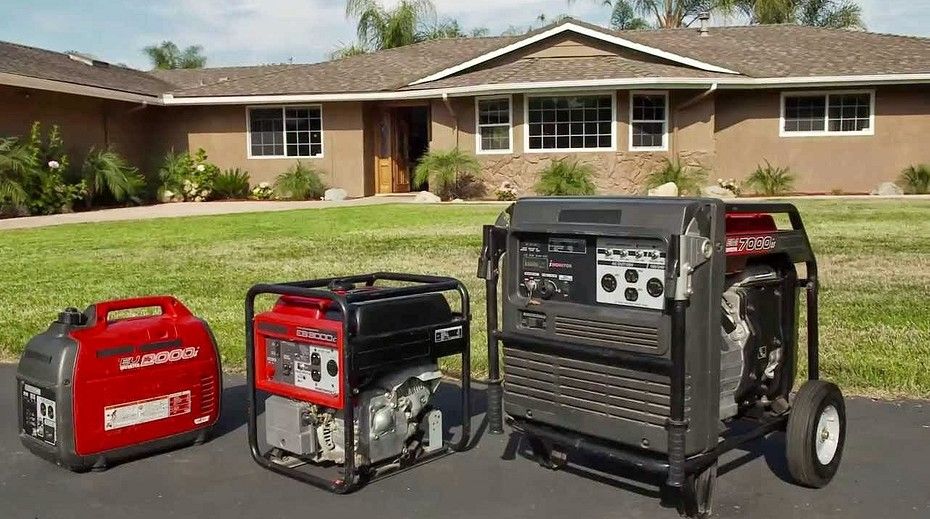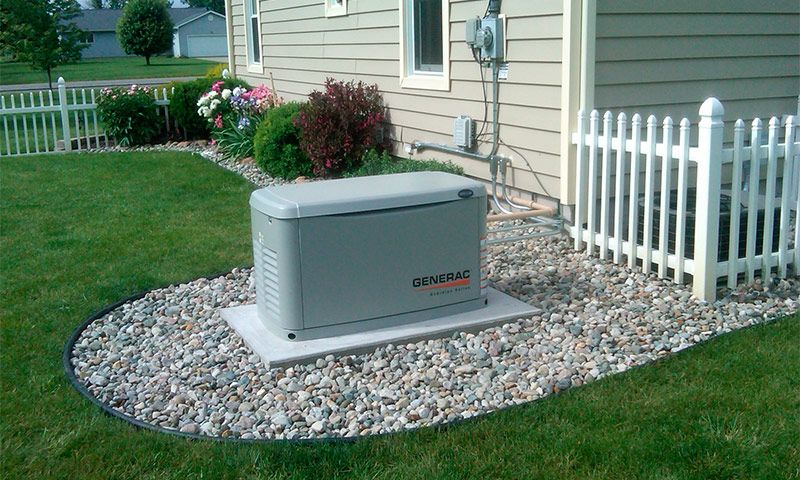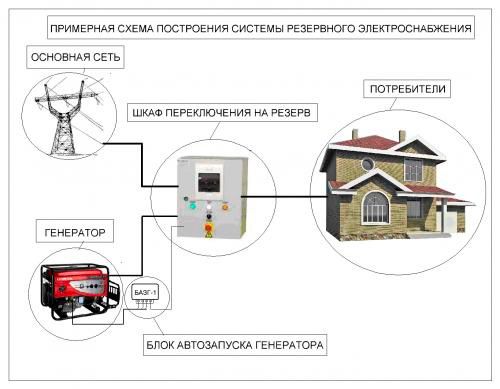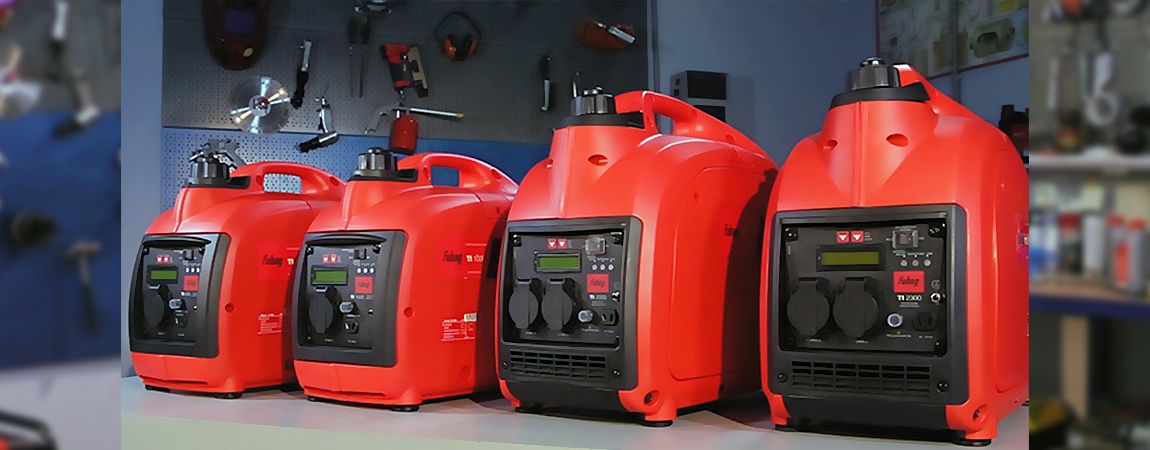How to provide your home with uninterrupted power
More and more people decide in advance to take care of an uninterrupted power supply in their homes. Insignificant power outages for various reasons, whether temporary maintenance of the power grid or an emergency shutdown during natural disasters, autonomous power generators come to the rescue.

The growing popularity of standby generators is due to the declining reliability of power grids, which leads to adverse consequences when using hi-tech technologies, such as smart homes or, for example, the primary charging of not cheap gadgets, etc. Over the past 15 years, the prices of generators have dropped dramatically, and the quality of operation and reliability have increased many times over. You will surely turn to a specialized company to install and maintain such equipment, but to be sufficiently informed in understanding the technology will help this article.

Some electric generators consume natural gas or propane as fuel; their engines are less problematic than those that consume gasoline or diesel. However, liquid fuel stocks must be stored in proper conditions, thereby creating unnecessary hassle for homeowners.
Natural gas, wired into the home site, always remains available in a power outage, so gas-fired electric generators are more accessible and more reliable than those that run on liquid fuels.
Connecting power cables provide backup power to your home from the backup generator to the main building's electrical panel. Most systems require a second panel in the building with a built-in switch. This electrical circuit distributes the current from the generator to the various points of electricity consumption while automatically disconnecting the house from the primary grid as soon as a power failure occurs. Cables that include low-power control wires joined together with high-voltage power wires are used for connections. In some cases, control wires are used separately. For example, low-voltage or low-current cables are used to connect the generator to the control panel.
The principle of the autonomous standby power system.
A permanently installed generator, which works in conjunction with the switching equipment, when switching off the central electricity or a sudden jump in the network is automatically started. At the same time, the automation disconnects the household electrical circuits of the main switchboard of the whole house from the central power grid. Electricity from the backup
generator goes to the auxiliary panel for distribution to the pre-distributed circuits. Since the generator itself is placed separately from the living space in a weatherproof cabinet with good sound insulation, the noise from the generator engine does not create discomfort. Engine maintenance in most modern generators is limited to oil replacement after 100 hours of operation or every two years, whichever comes first.
The most popular autonomous power plants have a capacity of 7,500 to 20,000 watts. Thus, the average home can be supplied with energy from 10,000 watts and above, provided that the heating and water heating in the house does not use electricity. The durability and reliability of the generator, in this case, increase at times. For example, a propane water heater makes more sense than running the same propane through a generator to generate electricity to heat water in an electric heater. The same goes for a gas stove compared to an electric stove.

Inverters and inverter generators
In the world of electricity, inverters are not the same thing as inverter generators. I know this isn't very clear, but let me explain. An inverter is a device that converts direct current (DC) electricity to alternating current (AC). Inverters are commonly used in alternative electrical systems to convert electricity from a battery into alternating current that you can use for plugged-in household items. In contrast, an inverter generator has an engine that generates electricity by burning fuel.
Inverter generators get their name because they initially produce direct current (DC) power internally and then convert it to alternating current (AC) electronically before making it available to your home. This conversion process uses the term "inverter" and results in pure sine wave power at least as good and clean as what comes out of a wall outlet.
Inverter generators were designed to solve problems of poor quality electricity that could safely power modern household appliances. In addition, inverter generators are quieter and use less fuel than analog generators. TheyHowever, they are not replaceable in trailer parks, cottages, campgrounds, or any other place where noise would create discomfort.
INVERTER GENERATORS ARE MUCH SMALLER IN SIZE BUT MUCH MORE EXPENSIVE THAN CONVENTIONAL GENERATORS.
On the other hand, in addition to very high-quality electricity, inverter generators are easier to live with. They are often equipped with a variable load function that controls the engine's speed depending on the electrical load required. For example, if you only need 10 percent of the power of an inverter generator, the engine speed will be slightly higher than idle; 50 percent of the required current drawn by the engine will run at half speed. In addition, inverter generators are lighter and more compact than their open-frame counterparts, so they take up little storage space.
So how do you know if you need an inverter generator or if a regular generator will do? The answer to these questions comes down to what your priority is. If you're willing to pay more for a small unit's quieter, more economical operation, then an inverter generator is for you. On the other hand, if you need more than 3,000 watts or require a 240-volt output voltage, a conventional generator is definitely what you need.

OUR RECOMMENDATIONS
We invite you to visit our other site, EPLAN.HOUSE where you will find 4,000 selected house plans in various styles from around the world, as well as recommendations for building a house.